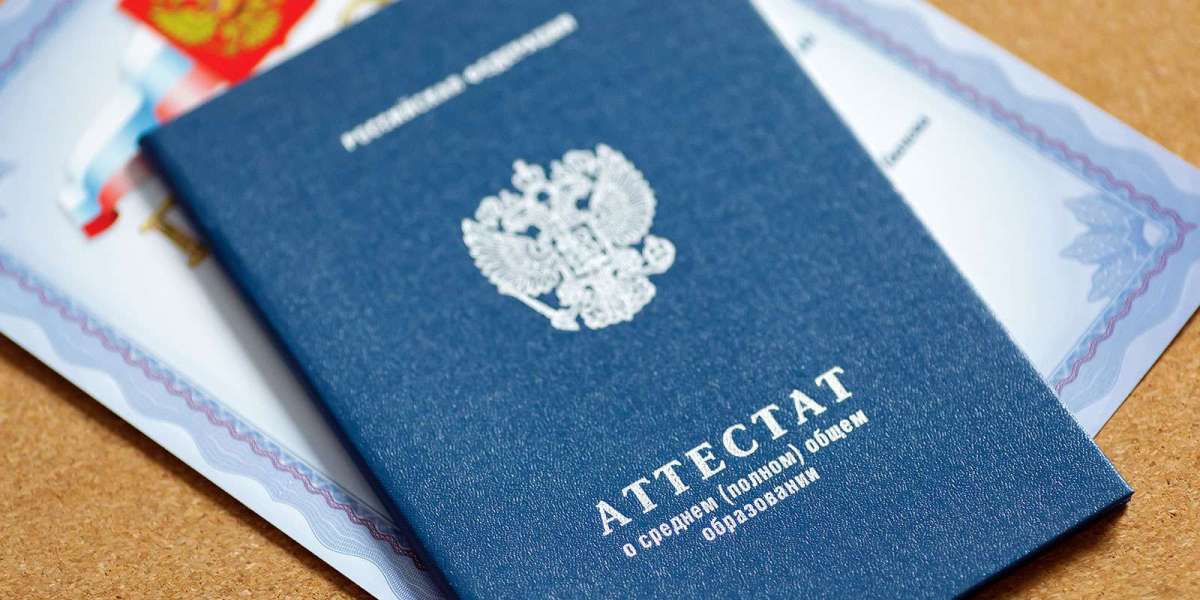What are TMJ Treatment Splints?
TMJ treatment splints, also known as occlusal splints or bite guards, are oral appliances worn over the teeth to address TMJ disorders· These splints are made from durable materials such as acrylic resin and are custom-fitted to each patient's mouth· They are typically worn either on the upper or lower teeth, depending on the individual's specific needs·
How Do TMJ Treatment Splints Work?
TMJ treatment splints work by providing support and stability to the jaw joint while also preventing teeth grinding and clenching, which are common symptoms of TMJ disorders· By keeping the jaw in a more relaxed position and reducing stress on the joint, splints help alleviate pain and discomfort associated with TMJ disorders·
Benefits of TMJ Treatment Splints
Pain Relief: TMJ treatment splints can help reduce jaw pain, headaches, and muscle tension associated with TMJ disorders·
Improved Jaw Function: By promoting proper jaw alignment and reducing strain on the joint, splints can improve overall jaw function and mobility·
Prevent Teeth Grinding: Splints act as a barrier between the upper and lower teeth, preventing excessive wear and damage caused by grinding and clenching·
Customized Fit: Each splint is custom-made to fit the patient's mouth comfortably, ensuring optimal effectiveness and comfort·
FAQs (Frequently Asked Questions)
1· How long do I need to wear a TMJ treatment splint?
The duration of splint therapy varies depending on the severity of the TMJ disorder and individual response to treatment· Your dentist will provide guidance on how long you should wear the splint·
2· Are TMJ treatment splints comfortable to wear?
Yes, TMJ treatment splints are designed to be comfortable to wear· They are custom-fitted to your mouth and should not cause any discomfort when worn properly·
3· Can I eat and speak with a TMJ treatment splint in place?
While wearing the splint, it's best to avoid hard or sticky foods that may damage the appliance· Speaking with the splint may require a short adjustment period, but most people adapt quickly·
4· How often should I clean my TMJ treatment splint?
It's important to clean your splint regularly to prevent bacterial buildup· Rinse it with water after each use and clean it with a mild soap and a soft toothbrush daily·
5· Are TMJ treatment splints covered by insurance?
Coverage for TMJ treatment splints varies depending on your insurance plan· Contact your insurance provider to determine your coverage options·
TMJ treatment splints offer a non-invasive and effective approach to managing TMJ disorders, providing relief from pain and improving jaw function· If you're experiencing symptoms of TMJ disorder, consult with your dentist or healthcare provider to determine if splint therapy is right for you·
More Info : https://puchedentallabs.com






